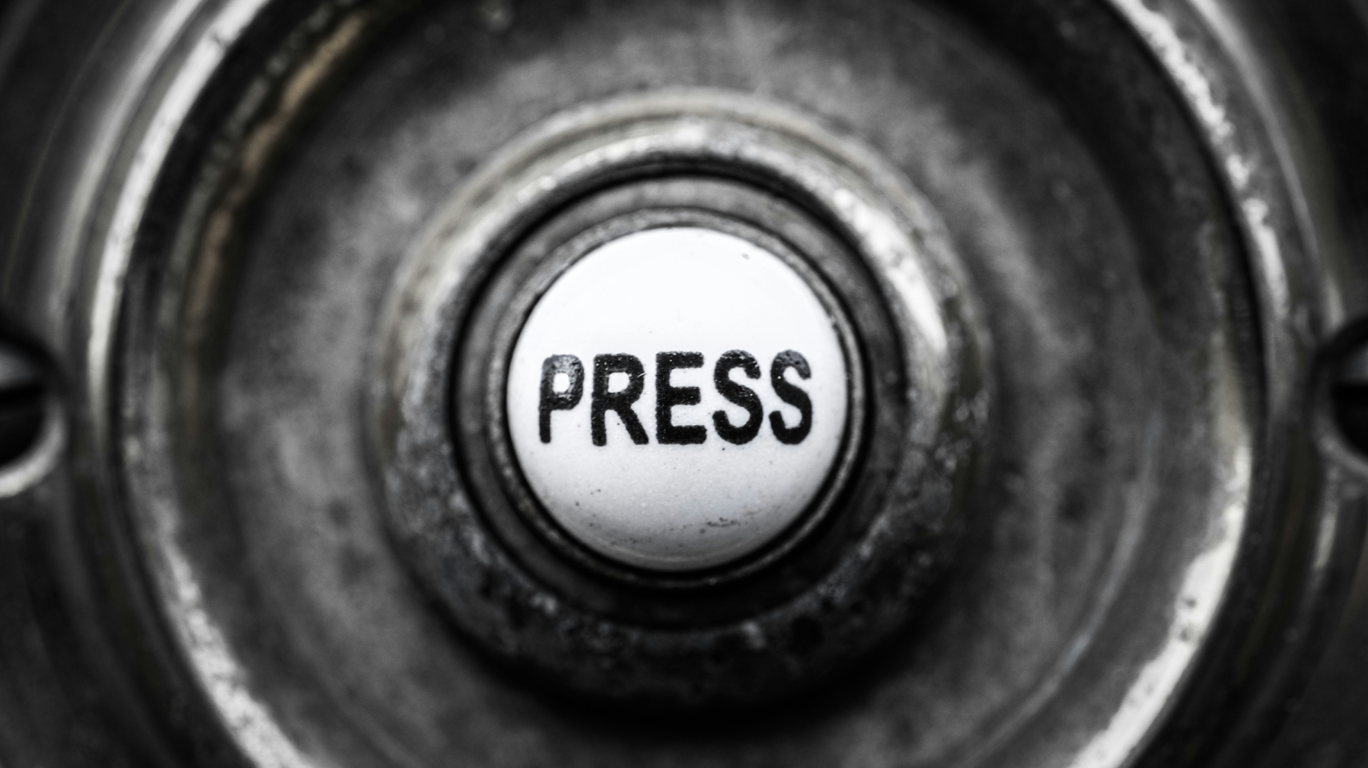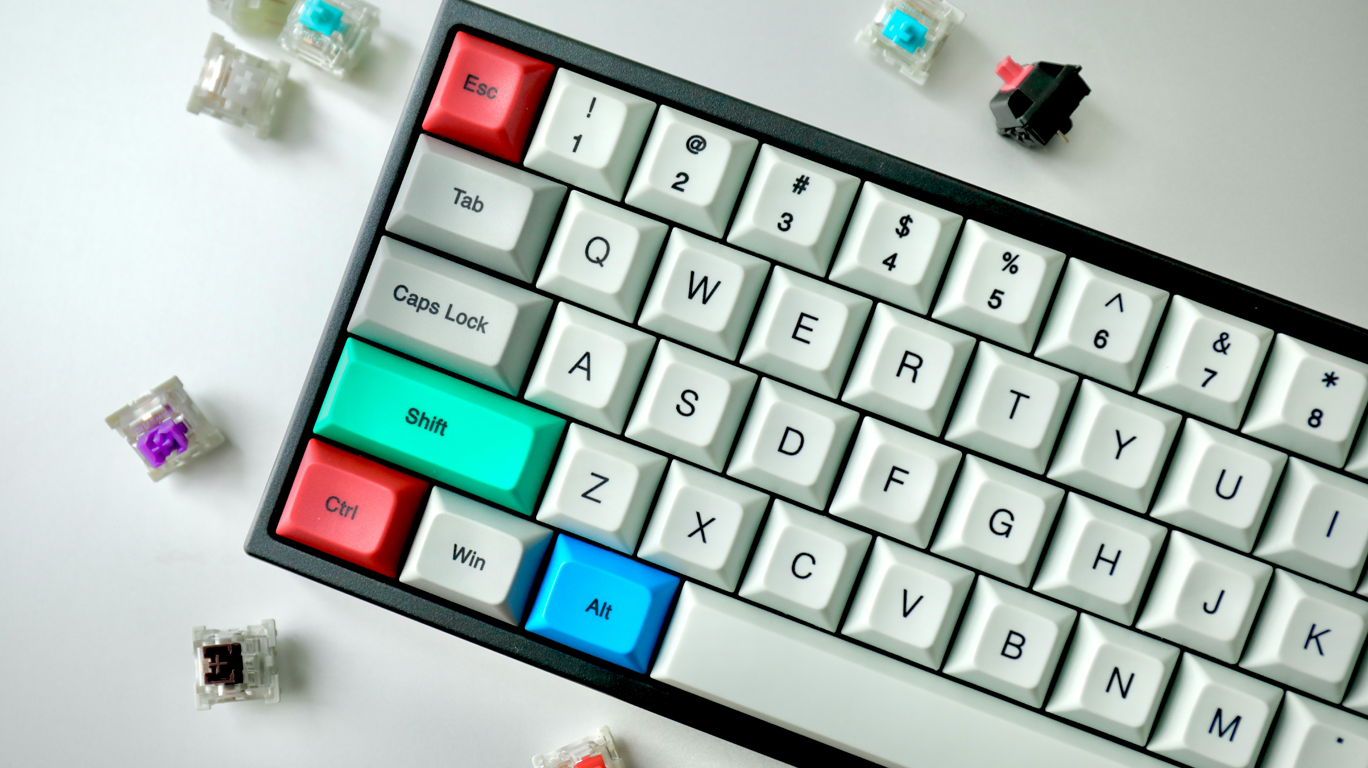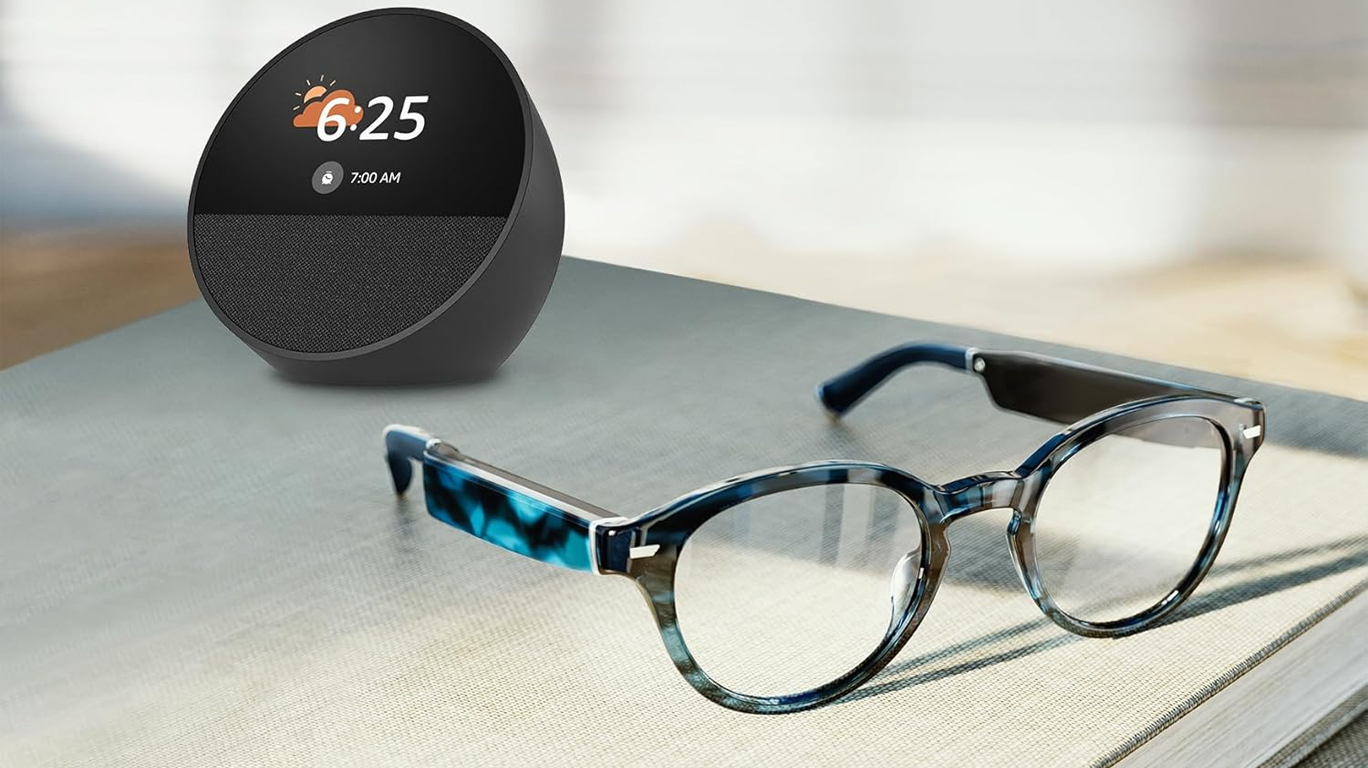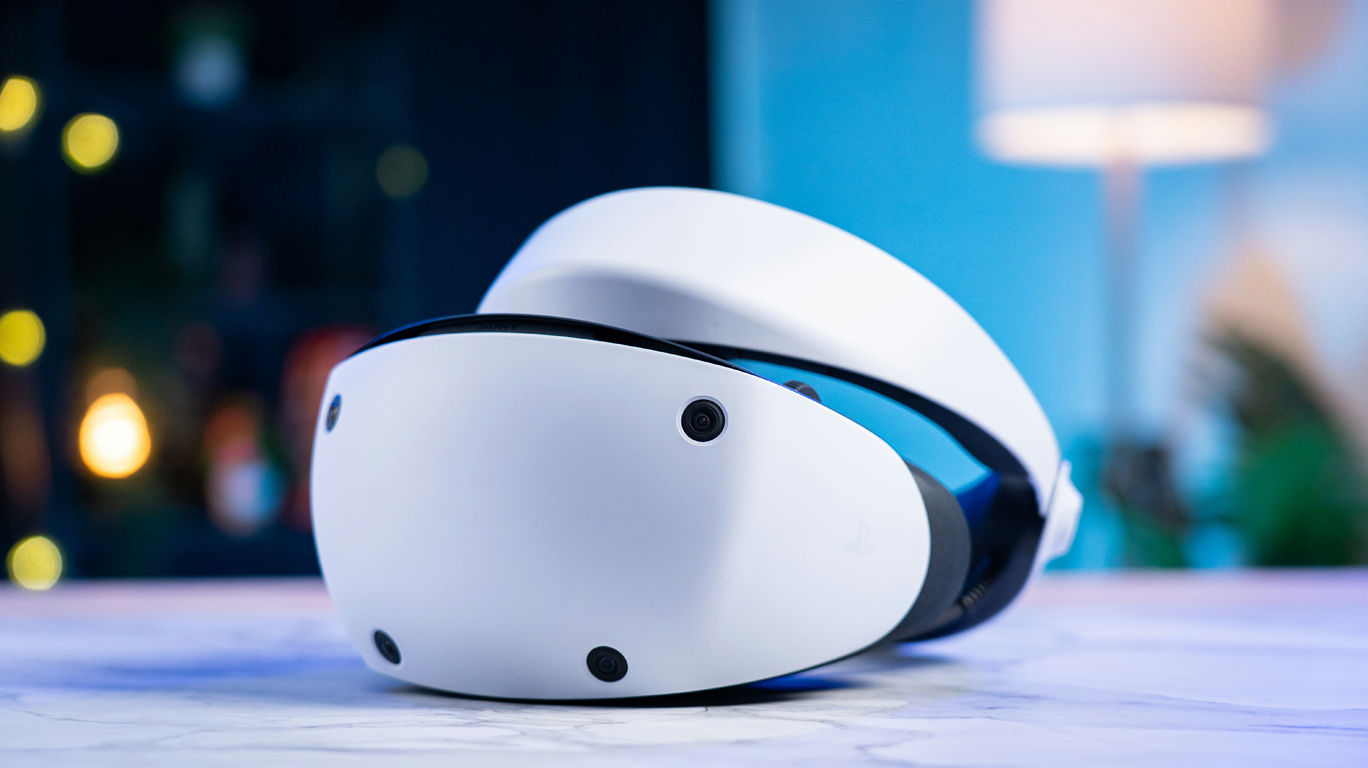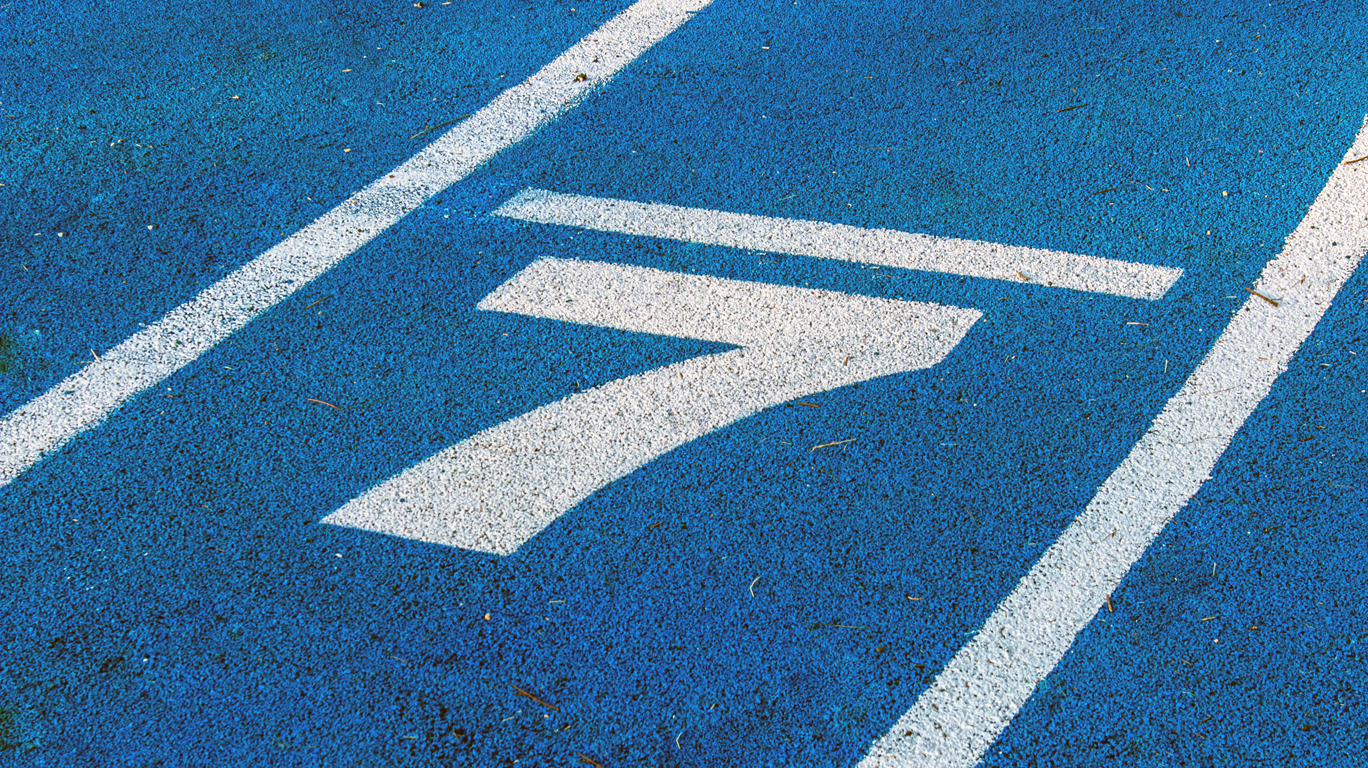Discovering the Oura Ring

Are you tired of bulky smartwatches? If you’re interested in tracking your health and fitness but not keen on the idea of a smart watch, the Oura ring might be exactly what you’re looking for. This sleek, minimalist piece of jewellery has been quietly revolutionising the world of wearable fitness tech since 2015. Instead of tapping away at an obtrusive, chunky watch, you can track your fitness, sleep, and more with a ring that looks and feels like a stylish accessory.
A Sleek Design That Fits Your Lifestyle
One of the biggest concerns for many is the appearance of fitness trackers. Traditional smartwatches are ultra-modern and not to everyone’s style. Enter the Oura ring – a discreet, comfortable piece of jewellery. It’s only slightly bigger than a standard ring, and it blends in seamlessly with your everyday accessories.
There are two models to choose from: the classic Heritage and the minimalist Horizon. Each comes in various finishes, offering options like black, gold, rose gold, and brushed titanium. Whether you prefer the signet ring style of the Heritage or the simple elegance of the Horizon, there’s an Oura ring that’ll fit your personal style.
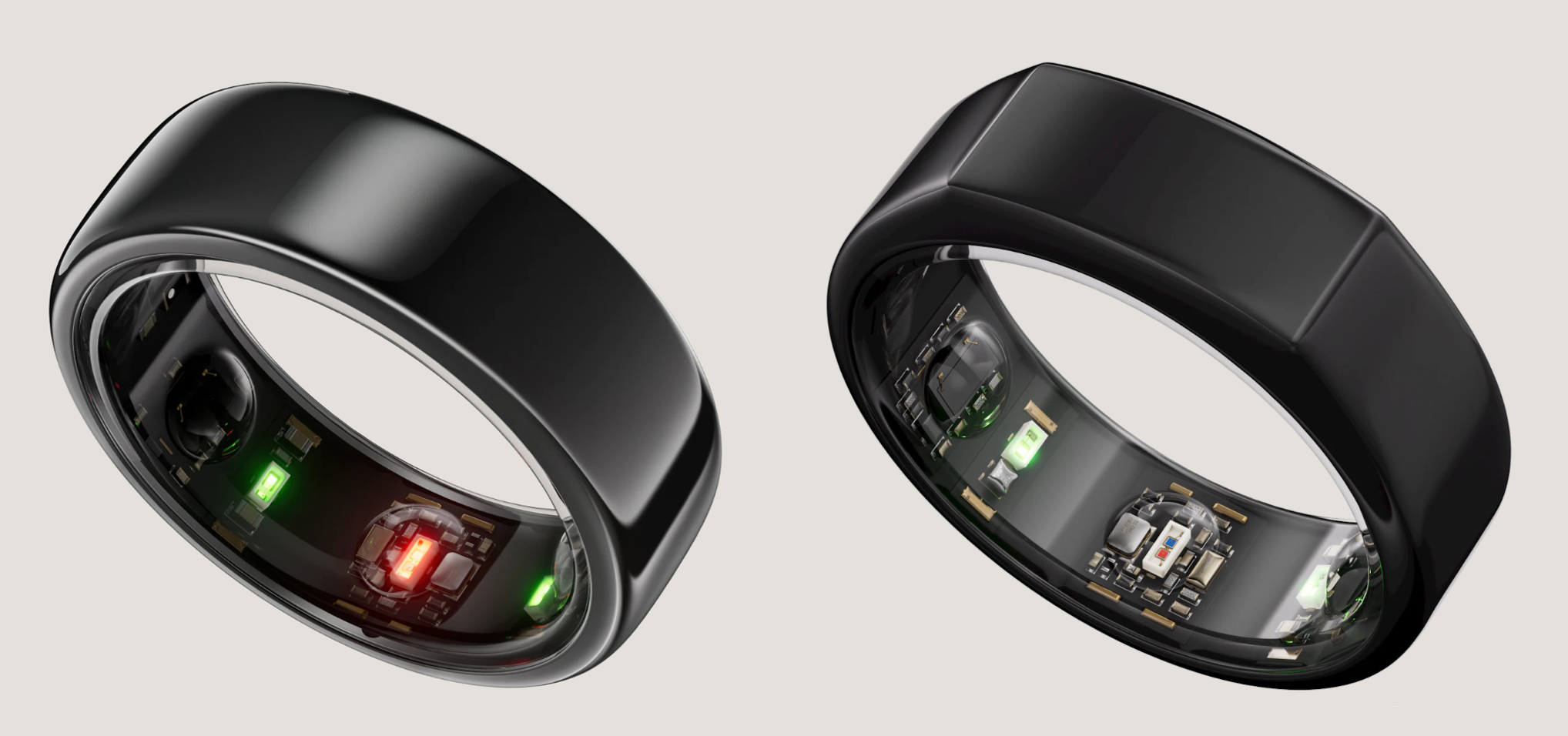 Left: the Oura Horizon. Right: the Oura Heritage.
Left: the Oura Horizon. Right: the Oura Heritage.
Setting Up: Quick and Easy
If the thought of connecting another device to your phone makes you groan, don’t worry – setting up the Oura ring is quick and simple. After unboxing and charging the ring, simply download the Oura app on your phone, create an account, and you’re all set. The setup took me less than 15 minutes on an iPhone, and I was ready to start tracking.
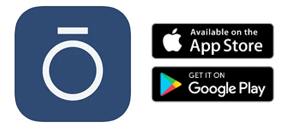
You should keep in mind that while some data, like your step count and heart rate, starts rolling in right away, other stats, such as stress levels, require a few days of monitoring before you see trends.
The Oura App: Simple and Clear
As a first-time user of fitness trackers, I was a bit worried about dealing with complicated charts and confusing data. But I was pleasantly surprised! The Oura app is easy to navigate, with a clean design that’s user-friendly for beginners.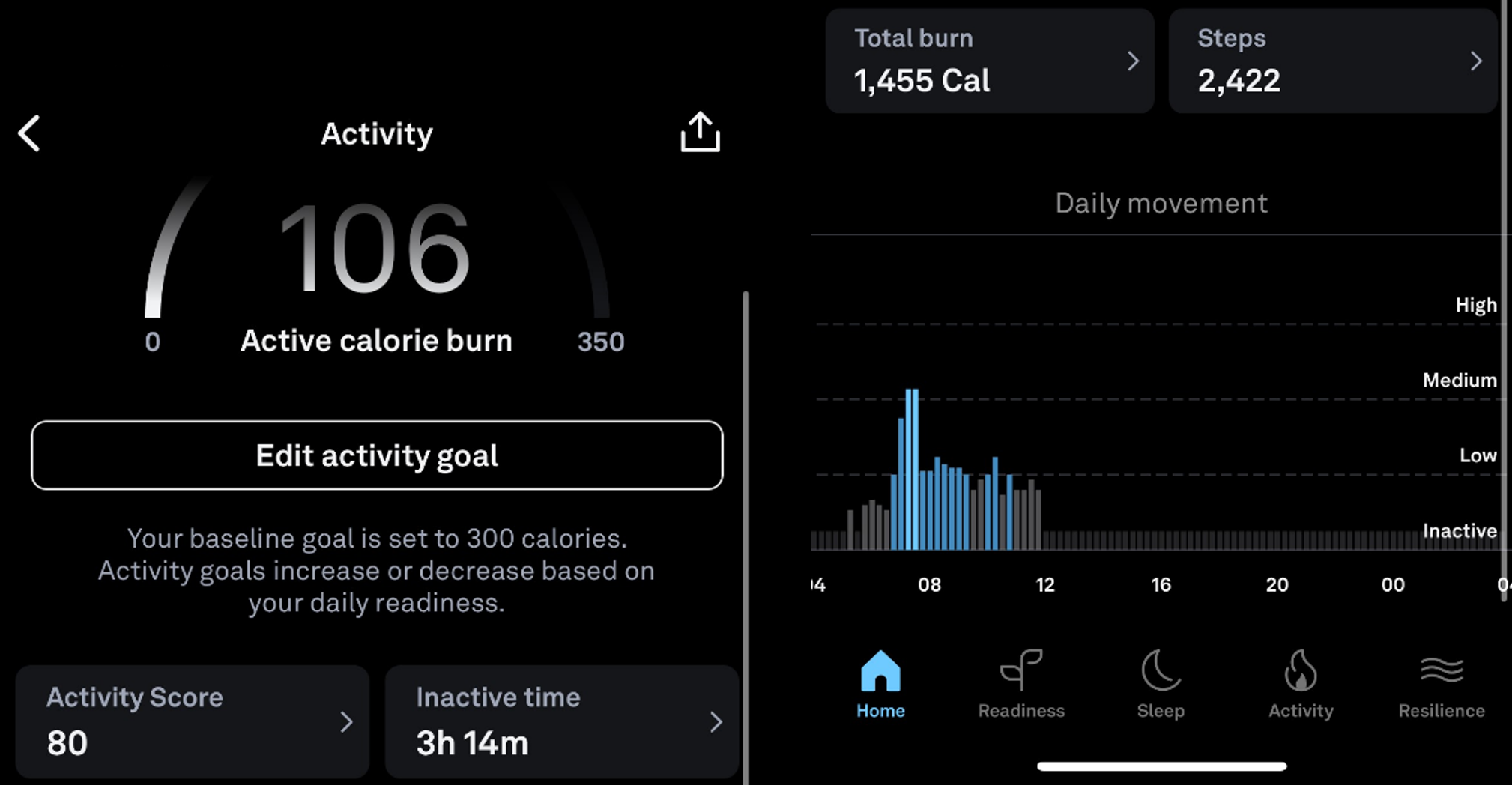
Upon opening the app, you’re greeted by the Home screen displaying an overview of your daily stats. The app breaks your data down into four key categories:
- Readiness: A score based on how ready your body is for the day.

- Sleep: Insights into the quality of your sleep, with tips on how to improve it.
- Activity: Tracks your steps, workouts, and calories burned.
- Resilience: Helps you understand your recovery times after physical activity and stress.
Notifications throughout the day can remind you to stay active or check your progress. If you’re someone who finds these reminders helpful, you can keep them on for an extra push.

Data Insights for Personal Empowerment
The Oura ring doesn’t just collect data; it provides valuable insights that can transform how you approach your health. I found the sleep data especially fascinating.
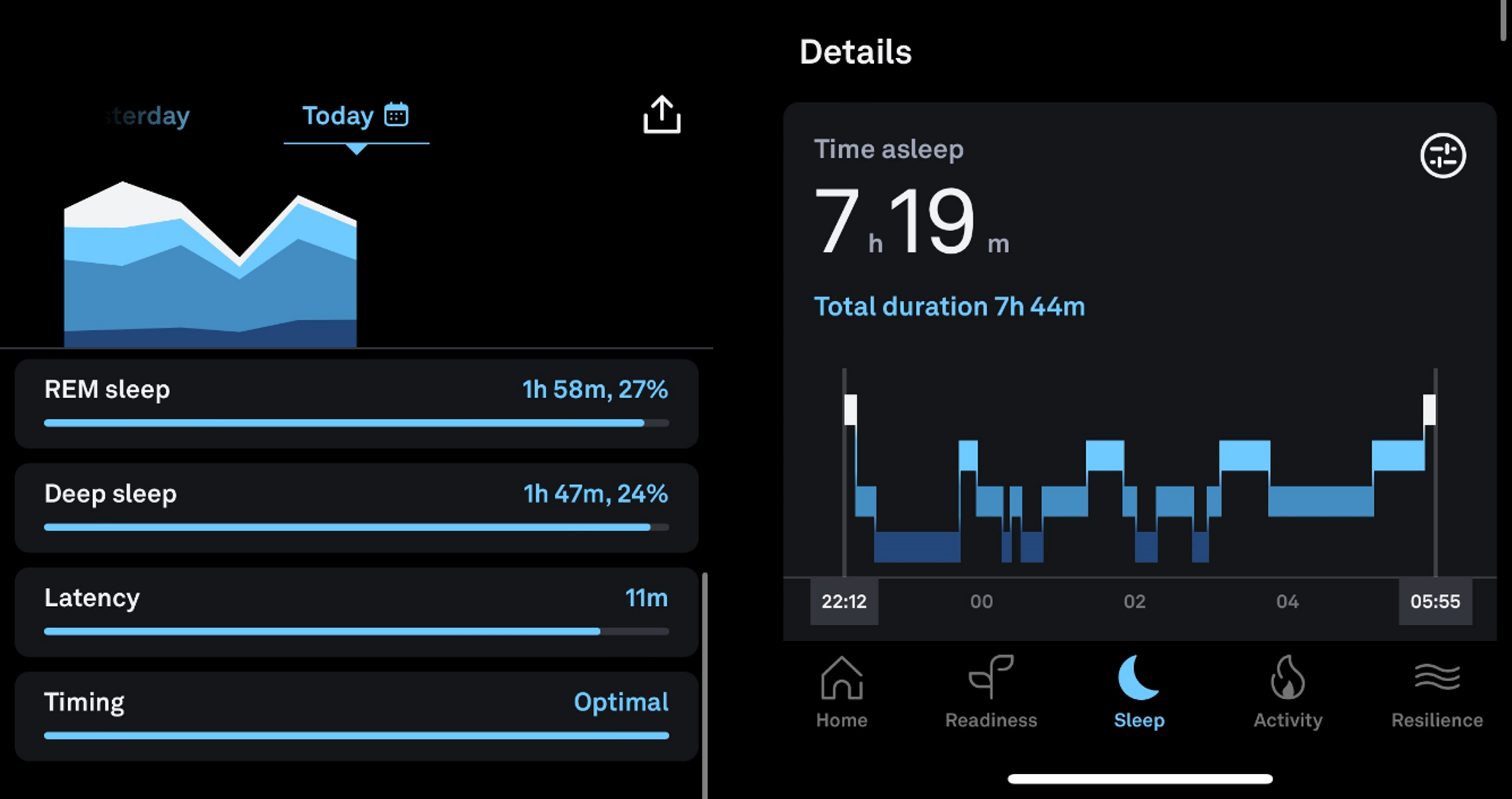 The app breaks down your night into different stages: REM, Deep Sleep, Light Sleep, and Awake. Each stage is color-coded, making it easy to understand the quality of your sleep at a glance.
The app breaks down your night into different stages: REM, Deep Sleep, Light Sleep, and Awake. Each stage is color-coded, making it easy to understand the quality of your sleep at a glance.
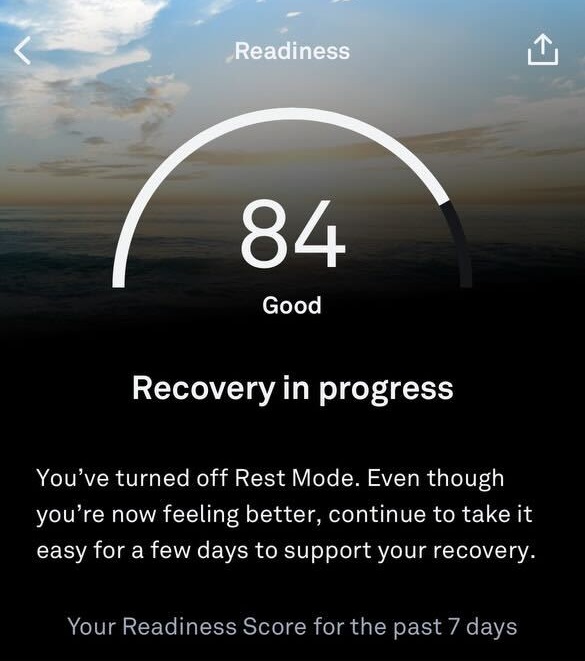 But Oura goes beyond just tracking sleep. It gives you an overall score out of 100 each day, based on how well you slept the previous night. It then offers suggestions to help improve your sleep quality for better performance the next day. It was eye-opening to see how my sleep habits affected my overall wellness.
But Oura goes beyond just tracking sleep. It gives you an overall score out of 100 each day, based on how well you slept the previous night. It then offers suggestions to help improve your sleep quality for better performance the next day. It was eye-opening to see how my sleep habits affected my overall wellness.
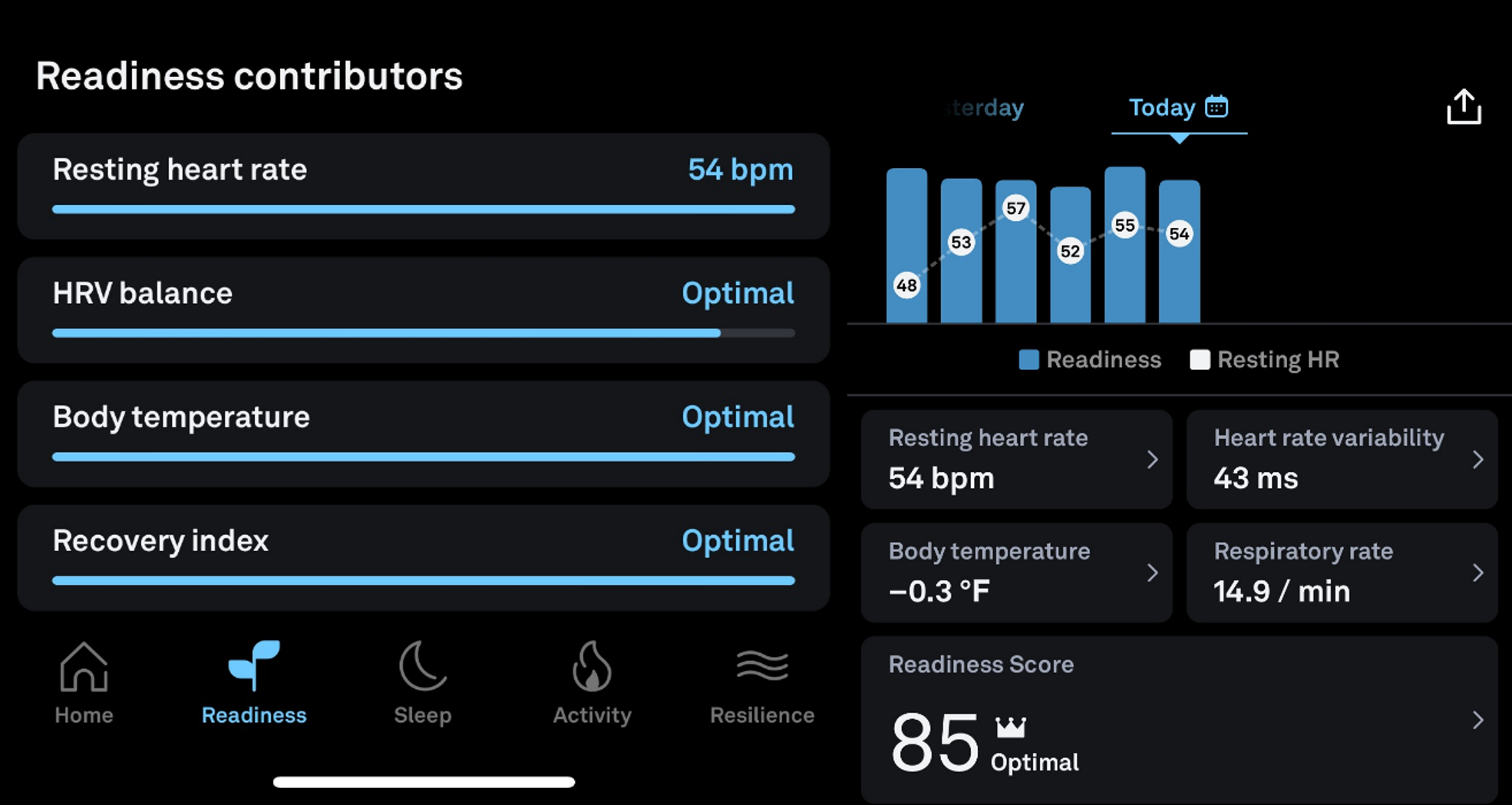
Tracking Heart Rate and More: A Holistic Approach
The Oura ring doesn’t just track steps – it gives you a complete picture of your daily health. One of the standout features is its heart rate tracking. The ring measures your heart rate every five minutes, offering an accurate view of how your body responds to various activities throughout the day.
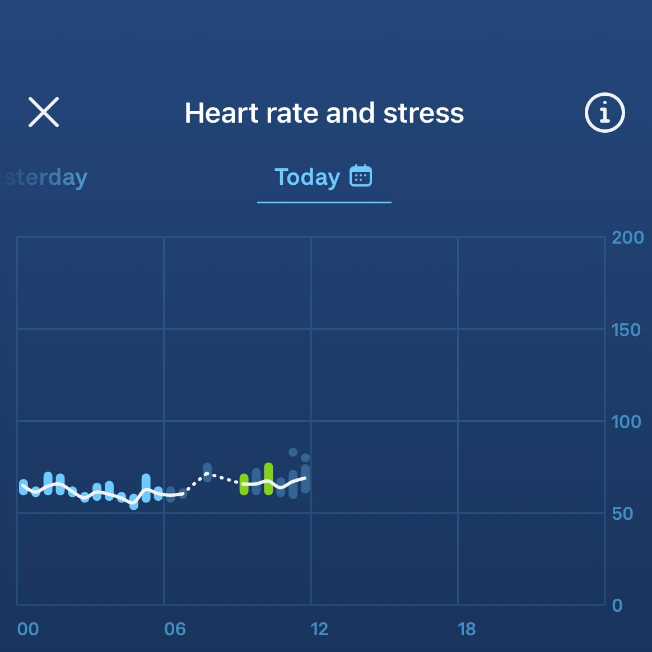 Additionally, the Oura ring tracks your menstrual cycle with features like period logging, cycle phase tracking, and ovulation predictions. If you're someone who already uses a cycle-tracking app like Flo, you’ll love the seamless integration with Oura. You can sync your temperature data for even more accurate cycle tracking.
Additionally, the Oura ring tracks your menstrual cycle with features like period logging, cycle phase tracking, and ovulation predictions. If you're someone who already uses a cycle-tracking app like Flo, you’ll love the seamless integration with Oura. You can sync your temperature data for even more accurate cycle tracking.
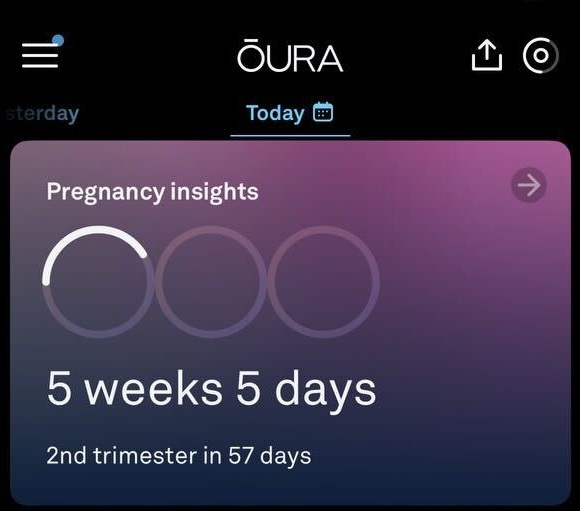
Battery Life and Integration into Daily Life
The Oura ring fits seamlessly into your life – not just in terms of style, but also in terms of functionality. It’s incredibly lightweight and unobtrusive, making it easy to wear all day, every day. Plus, the battery lasts up to 5 days on a full charge, so you don’t have to worry about charging it every night. When it does need charging, it takes only about an hour for a full recharge.
One of the most convenient aspects of the Oura ring is its non-intrusiveness. Unlike bulky smartwatches, you don’t have to worry about wearing it all the time. And if you’re someone who doesn’t like having constant reminders on your wrist, you can access all your data on demand through the app.
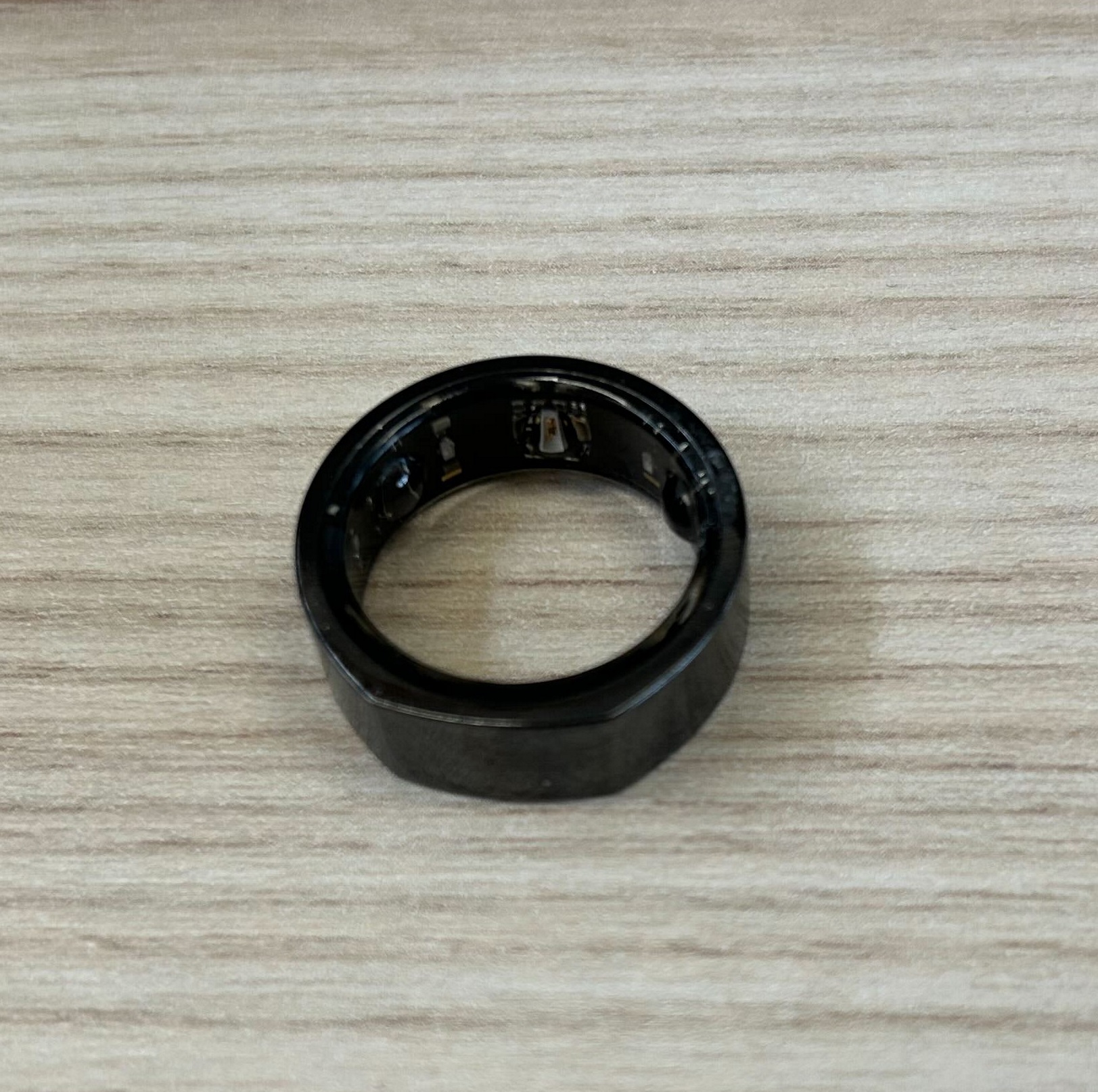
In my opinion, it’s a much tidier and less promient option in comparison to a smartwatch. However, as someone that doesn’t work out regularly, perhaps I don’t necessarily feel a need to have my stats readily available at the flick of my wrist. But in contrast, logging into my phone whenever I wanted to access my data wasn’t really an inconvenience.
The battery seemed to last anywhere up to 5 days, which is reasonable, as if you’re serious about collecting your data, you want the ring to be on your finger more than it is off. The charge cycle takes around an hour for a fully drained battery, so it’s speedy too.
Is the Oura Ring Worth It?
After two weeks of using the Oura ring, I was hooked. As someone who didn’t have much experience with fitness trackers, I found myself eagerly checking my stats every day. The insights into my sleep, activity levels, and recovery times helped me make more informed decisions about my health. Even the gentle reminders to stay active were motivating.
Overall, the Oura ring has completely changed how I think about self-care. It’s a discreet, comfortable, and intelligent way to monitor your well-being. Whether you’re someone who’s already into fitness or just starting to prioritize your health, the Oura ring offers a simple, no-fuss way to get started.
I may not have been a watch person before, but I’m definitely a convert now. The Oura ring isn’t just a fitness tracker – it’s a tool that can help you take better care of yourself every day.
